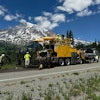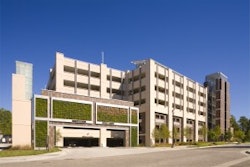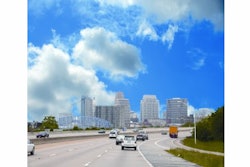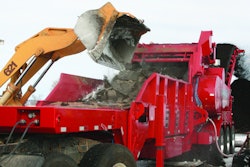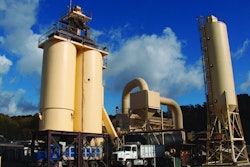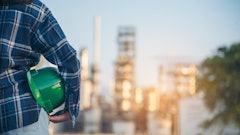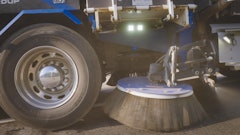In the construction market, the sustainability movement is gaining traction. Leadership in Energy and Environmental Design (LEED) certification has been making its way into building construction since it was first introduced in 1998, and has continued to gain momentum as more building owners and contractors look to incorporate environmentally preferable methods and materials into new construction projects.
Contractors are looking for ways to incorporate more sustainable solutions into the products they produce and use. Will this trend toward a more green-friendly environment be the catalyst that will help inject energy into the construction marketplace, or will even greener buildings and greener parking lots have to wait their turn for the economy to complete its recovery?
“Most people don’t realize the progress that has been made in asphalt production,” says Anirban Basu, chief economist, Associated Builders and Contractors. “There have been tremendous strides made producing a material that is more environmentally friendly. The use of recycled shingles and the advent of warm-mix production reduce the industry’s reliance on valuable resources. Then there is porous asphalt to help reduce runoff and lighter colored asphalt that works to reflect and not absorb the sun’s rays.”
As innovative and helpful as these advances are, or will be, Basu says they will likely have to wait their turn until the economy does an about face — when companies have the money and the confidence to invest in something new and different. When will that be? Basu forecasts another year of tight credit and lack of job creation for privately financed companies, although he also sees some indication that the credit market is loosening up a bit.
“Full recovery will still take three or more years, depending on the market,” he predicts. “Manhattan and Washington, D.C., for example, are better off than cities in California, Arizona, Nevada and Florida that remain extraordinarily overbuilt. One of the cruel ironies of any economic downturn is that the greatest building frenzies occur just prior to the downturn.”
Basu says there will be a time when new “green” technologies will have a massive economic and environmental impact in the marketplace, but that time remains a few years off. Just how long depends on how soon investors and consumers shed uncertainty for confidence.


